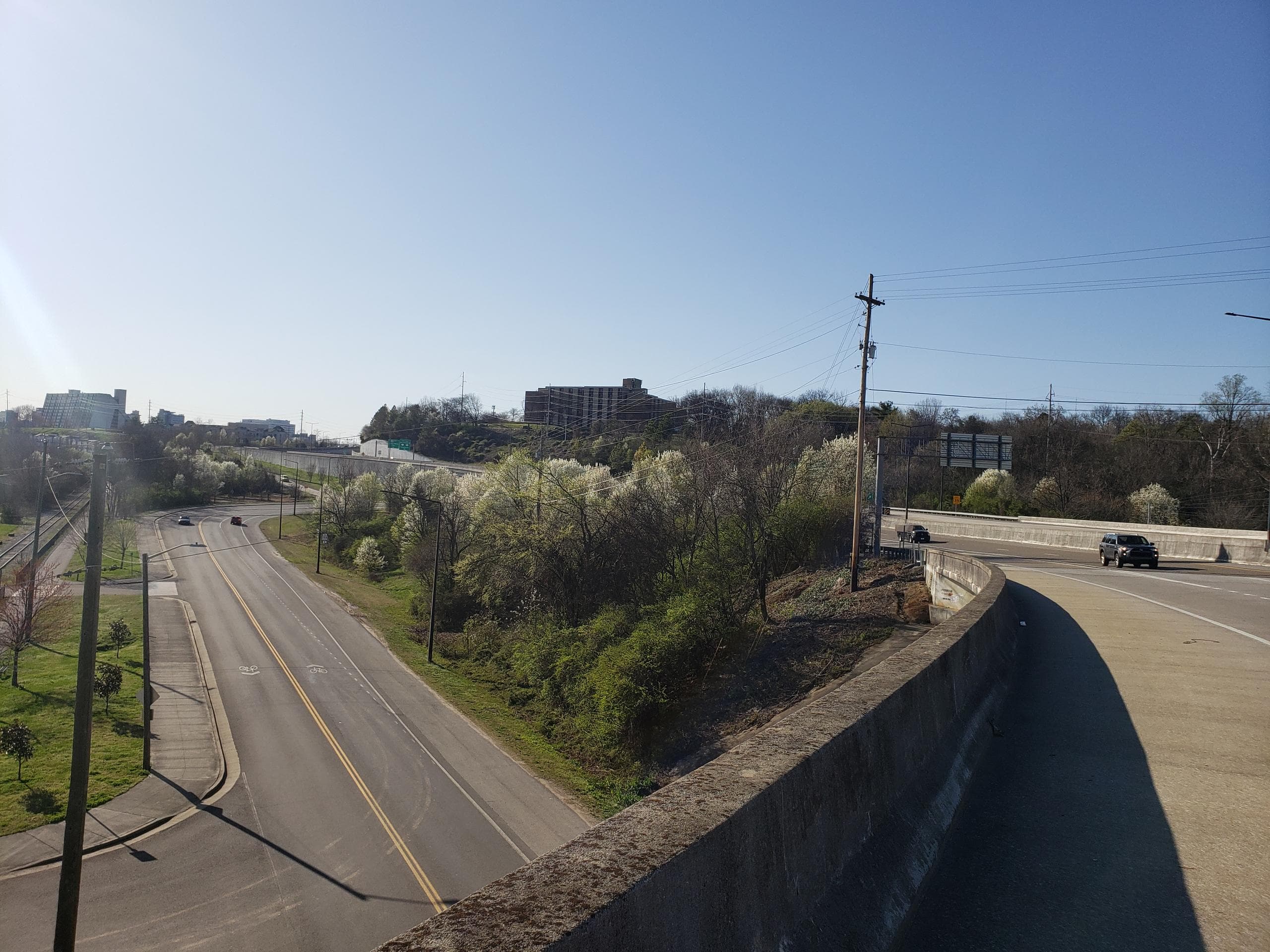Aerial detection of invasive callery pear
-In this endeavor, researchers from SE U.S. will collaborate on aerial detection of invasive Callery pear.
Project synopsis
Asian callery pear (Pyrus calleryana; CP) swarms the continental US, but also invades Europe and Australia. Successful management strategies are needed, including rapid detection of newly infested sites.
CP is an aggressive, thorny, invasive species in the eastern U.S. that causes economic and environmental damage. Its fast growth leads to rapid invasion of natural and managed areas. Originally confined to old fields and disturbed areas, recent observations indicate that CP is also a threat to natural and managed forested landscapes.
Digital aerial imagery has been used to track insect and disease issues as well as disturbance events but has not been widely used to track the spread of invasive trees such as CP. CP presents an optimal system with which to test this approach due to its high visibility from early flowering and ongoing projects and images which have documented many current infestations (see picture below).
Using CP as a model system, we will mine archived digital imagery to detect and quantify spread dynamics into managed forests. Our approach using digital aerial imagery to predict and track invasive plant spread may be transferable beyond CP and multiple aspects will be applicable beyond the life of this project.
Project goals
This two-year project will leverage publicly available information with archived digital aerial imagery to develop invasive species spread models that will help identify landscapes and forests at risk of CP infestation.
To complete this goal, we will address three connected objectives:
- use archived digital aerial imagery and phenological data to characterize spread-in-time of wild CP progeny and to identify active infestation sites for next-step field validation;
- use these identified examples to develop spread and risk models that will be
- field-validated with site surveys at key active infestation sites.
Financial support
We gratefully recognize the Southern Region LSR for funding this proposal.
Researchers involved: Jess Hartshorn (lead) Dave Coyle Chuck Bargeron Nancy Loewenstein Marcin Nowicki Bill Klingeman Denita Hadziabdic Bob Trigiano
Below, documented scale of CP infestation in the James White bridge area in Knoxville, TN. Picture taken 2021-03-20.
